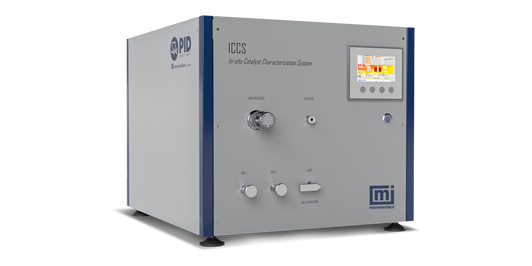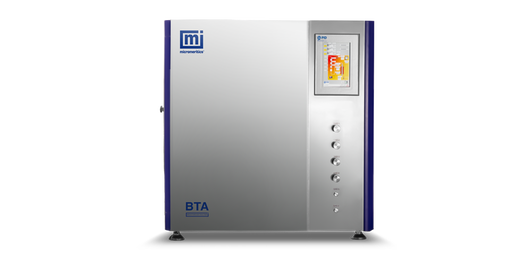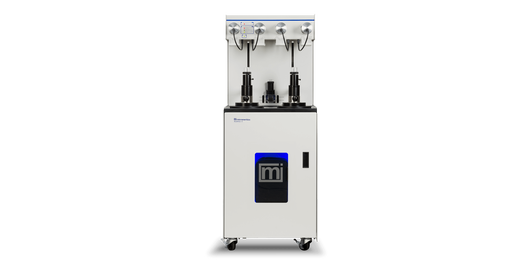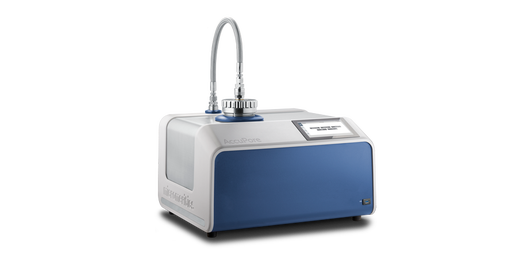Hydrogen catalyst analysis


Hydrogen can significantly aid in decarbonization by serving as a clean energy carrier, reducing reliance on fossil fuels across various sectors:
Hydrogen supports over 60% of high GHG-emitting applications and is projected to contribute more than 20% of global carbon abatement by 2050, making it essential to a net-zero future.
Hydrogen catalysts are critical for enhancing the efficiency of hydrogen production, storage, and utilization. Their roles span several technologies:
Key components of a hydrogen-based economy are:
Technologies:
Materials:Adsorbents, membranes, catalysts
Measurement Goals:
Technologies
Hydrogen can be stored as:
Materials: Adsorbents, catalysts
Measurement Goals:
Technologies
Hydrogen is versatile:
Materials: Membranes, catalysts, adsorbents
Measurement Goals:
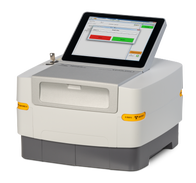
Small, powerful and portable XRF analyzer

High performance gas adsorption

